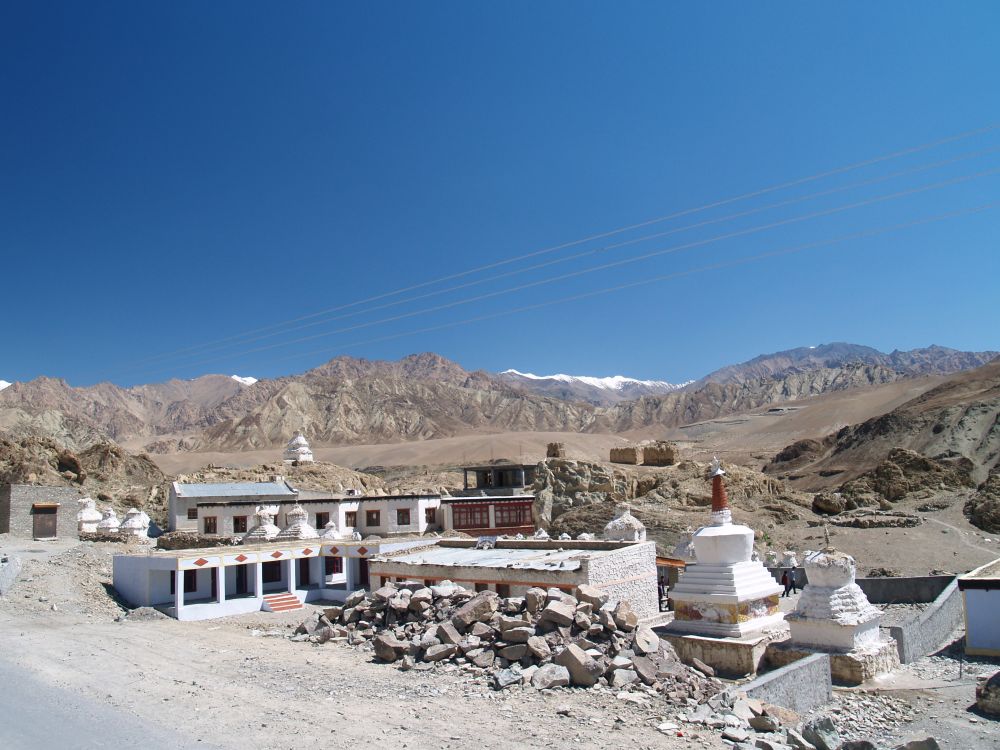

Nestled in the serene landscape of the Ladakh region in Northern India, the Alchi Monastery represents a pinnacle of spiritual heritage and artistry. This Buddhist monastery, dating back to the 10th century, is a significant repository of ancient murals and thangkas, nestled alongside the banks of the Indus River.
The Alchi Monastery was established by the great translator Guru Rinchen Zangpo, who was instrumental in the transmission of Buddhist texts from India to Tibet. Its art and architecture carry a unique blend of Tibetan and Kashmiri styles, marking it out as one of the most important cultural treasures within the Himalayan region. Unlike other monasteries which are typically built on hilltops, Alchi is situated on a flat ground, making it quite distinctive.
The history of tourism in Alchi traces back to the time when explorers and scholars from different parts of the world started visiting this remote monastery out of sheer curiosity and academic interest. Over the years, the beauty and tranquility of Alchi started drawing tourists seeking spiritual enlightenment and an escape from the hustle of city life.
In recent times, the rise of cultural tourism has brought Alchi Monastery to the forefront. There is an increasing number of tourists who come to immerse themselves in the region's rich heritage. The Indian government has also recognized its significance, and steps have been taken to conserve and promote Alchi as a prime cultural destination within Ladakh.
Alchi is accessible by road from Leh and the best time to visit is between May to September, when the weather is most conducive to tourism. During this time, the monastery and the valley are vibrant with cultural festivals that capture the essence of Ladakh's Buddhist traditions.
The rich tapestry of history and spirituality that the Alchi Monastery offers makes it a must-visit for anyone traveling to Ladakh. Not only does it offer a window into the region's past, but it also serves as a beacon of peace and reflection in today's fast-paced world.